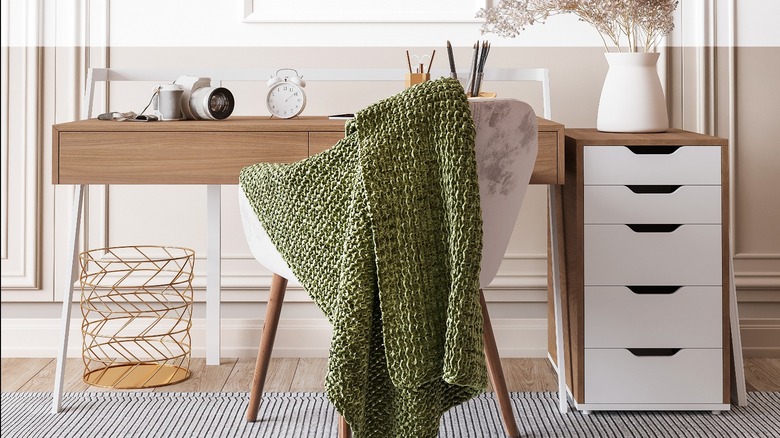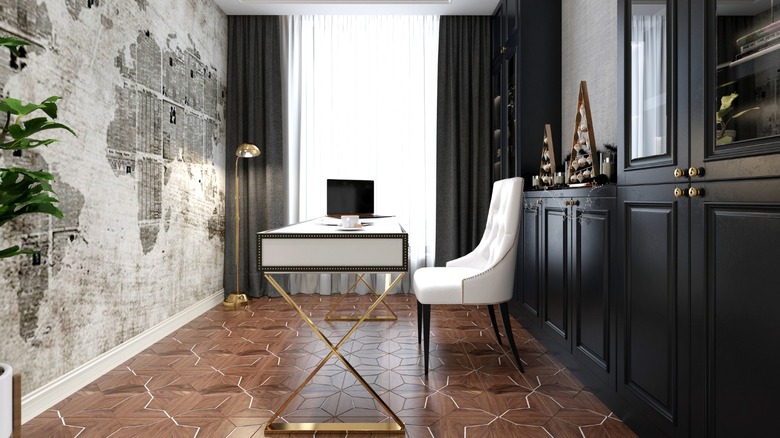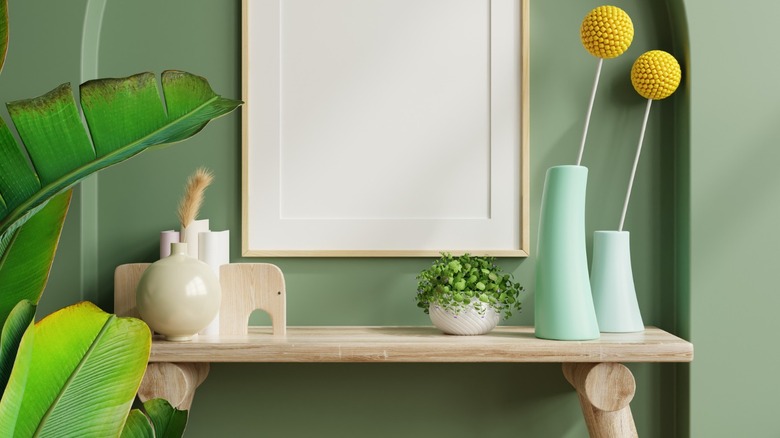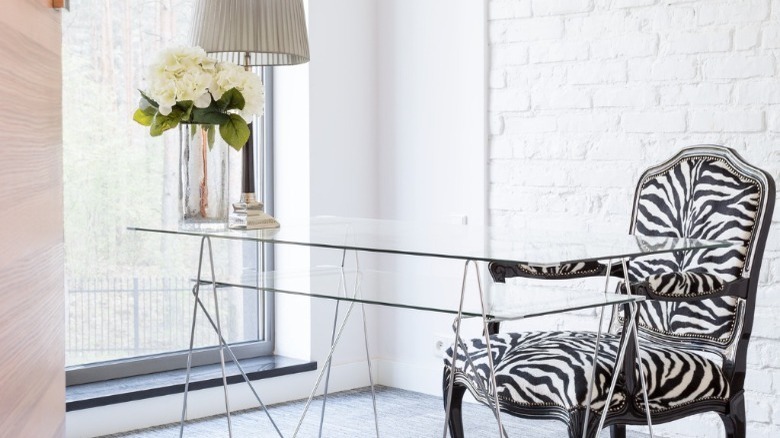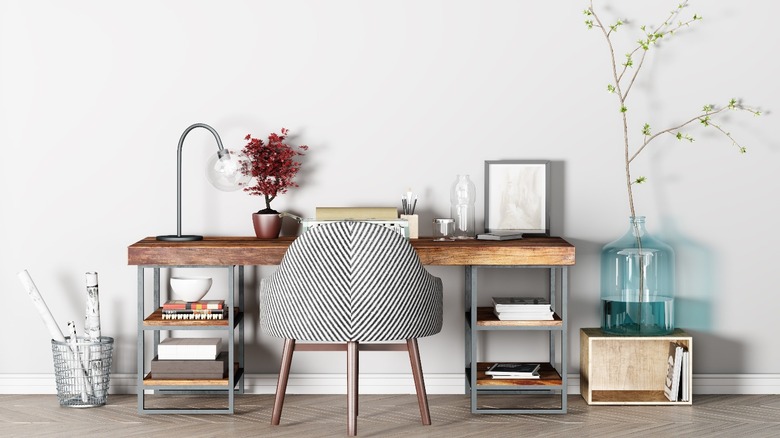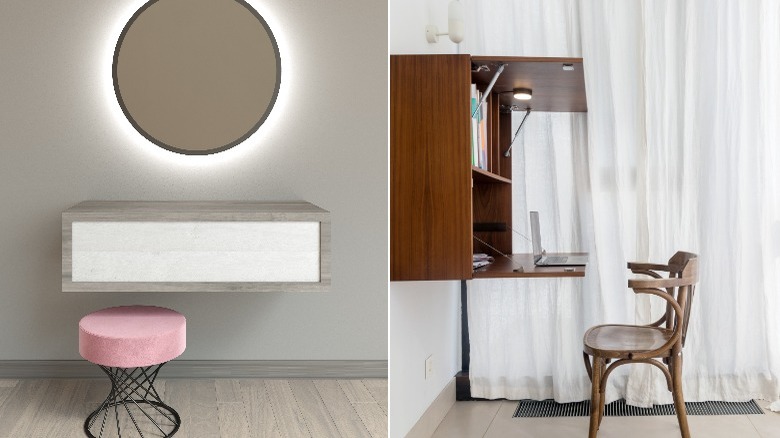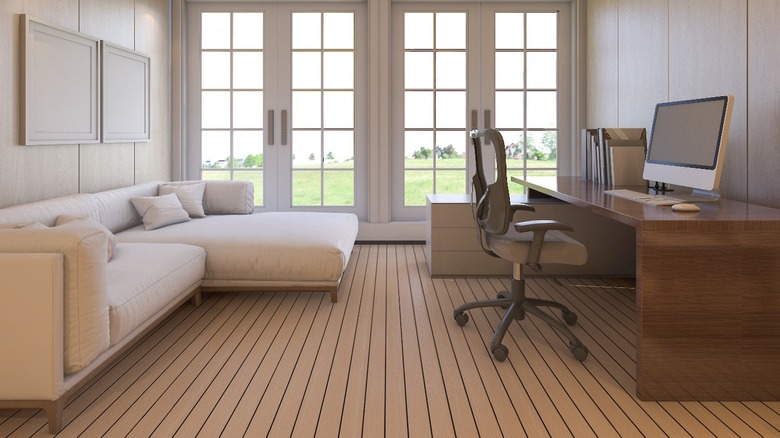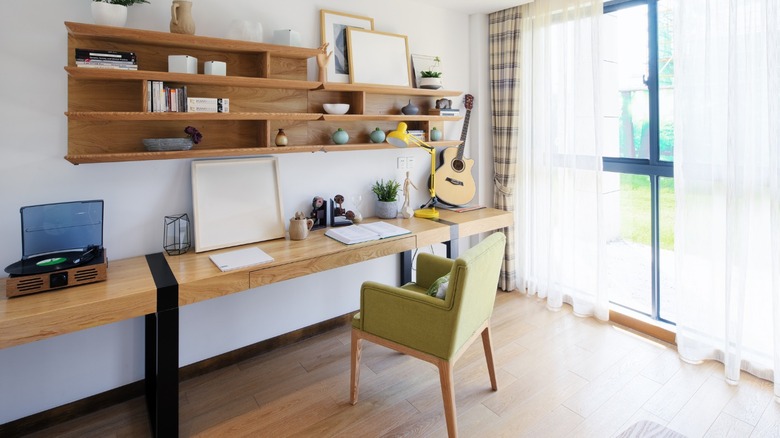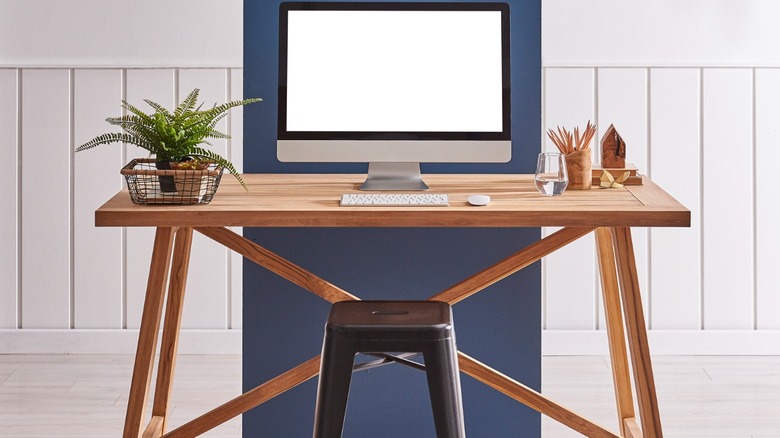Space Saving Furniture Ideas That Can Maximize Your Office Space
Dedicated office space used to be an aside for most prospective home buyers, unlike certain absolutes like a garage, updated kitchen, or central air, for example. Eminent importance was placed on the number of bedrooms, and it was standard practice to stage each room in a listing as having a defined function. Now there is a noticeable shift occurring, according to a multi-state realtor with Rocket Homes, allowing clients to imagine vague spaces for their particular needs, and steering them to the idea that a bedroom is a potential work area. Money claims that as of late last year, 63% of customers were requesting a home office, and a quarter of those stipulated one a necessity.
A home office is something greatly appreciated once it's realized, more so with the advent of a work-from-home culture. A large room with built-in cabinetry and big windows is the dream, yet many homes have nothing like this and can still provide a space that supports organization and productivity. According to The Spruce, any space, even small or windowless, can be made functional with a little design inspiration, labor, and the appropriate furniture. Fortunately, there is a myriad of ways to create a work area in limited square footage.
Go vertical with storage
Most offices require a good deal of storage and organization and going vertical makes for efficient use of floor space. Bookshelves create stacking storage, with narrow depth shelves particularly desirable. Modular pieces can be detailed with moldings, hardware upgrades, or legs to imitate built-ins.
Take advantage of the architecture
If your home has an interesting architectural nook, utilize it to your advantage. It may take a bit of time to find the right desk, but in the end, it will feel very designed and intentional. Record measurements carefully and always have access to them when shopping. Comb estate sales, antique stores, and resellers for something unique.
Employ transparent materials
Glass and acrylic pieces allow light to pass through while preventing obstructed views — a significant benefit for floor-plan restrictions that force furniture in front of a window. More frequent dusting is required, but well worth it.
Borrow a chair
If the office space is near a room with a comfortable, upright chair, chances are a dedicated office chair isn't necessary. Borrow one from the bedroom, living area, or dining set, as long as it's supportive and easy enough to move around. Add felt furniture pads to the feet to avoid scratching the floors.
Try a hanging desk
A minimalistic and clean aesthetic is associated with a wall-mounted desk; sightlines to the floor keep the space open. This is best for use with laptops and for those who don't need a ton of storage or room to spread out, as these desks are usually quite short in depth.
Utilize the TV as a monitor
The TV can become a computer monitor with the addition of an HDMI cable; this allows a set-up in the living room or den. A smaller TV is better for viewing at a desk, so this works best when a sofa is not too far from the screen. Choose a stylish desk that doubles as a piece of living room furniture.
Climb the walls
Like bookcases, wall-mounted or upward storage units make previously unused space functional, a method relied on in tiny homes and reconfigurable apartments. Hanging files and wall organizers are specialized items that keep smaller, lighter supplies corralled.
Try a standing desk
A standing or writing desk usually means no bulky office chair; instead, opt for a stool, which is visually more delicate and can be tucked underneath when not in service. Some desks are height-adjustable with motorized features that allow for customized settings at the touch of a button. There are several styles available, but they generally skew more modern.
Use less furniture
While bullet journals are a siren song for many of us, in a small space it makes sense to digitize and downsize as much as possible. If you're a paper person, limiting yourself to an aesthetically pleasing notebook or two will help reduce clutter. If rarely needed, stow the printer in another room, and, of course, choose a space-saving laptop.
